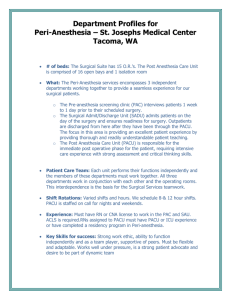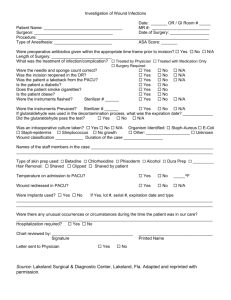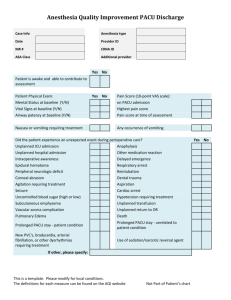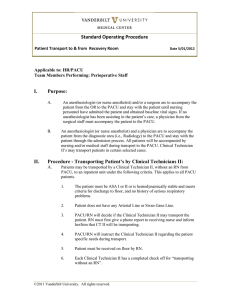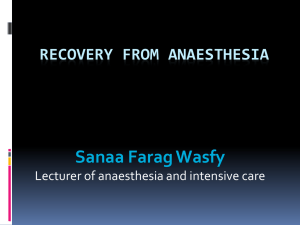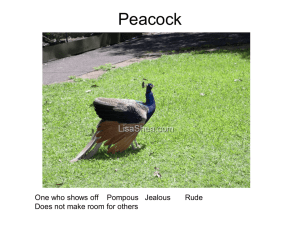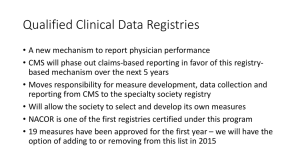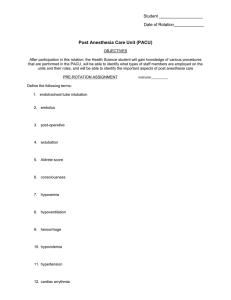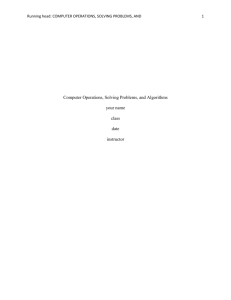Getting Started in QI Project Work:
advertisement
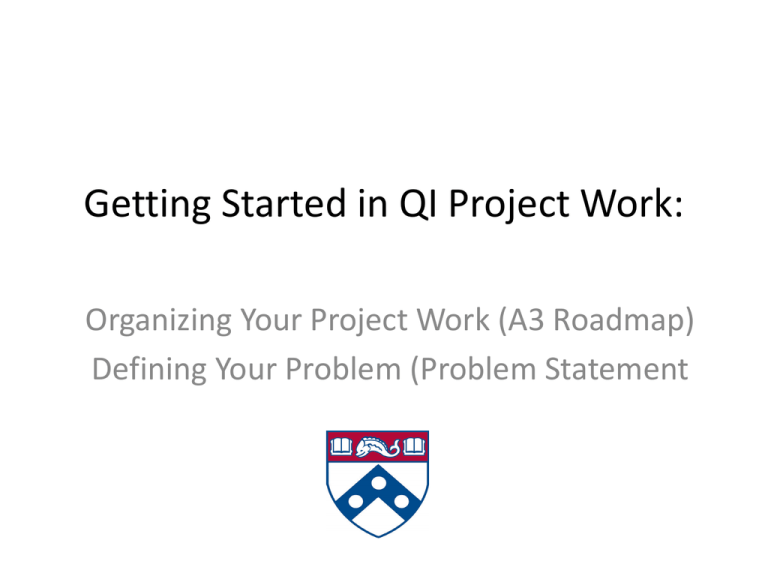
Getting Started in QI Project Work: Organizing Your Project Work (A3 Roadmap) Defining Your Problem (Problem Statement How do I Start? How do I Get to Where I’m Going? Framework – A3 • A3 – Tells a story Framework – A3 • A3 – Tells a story • Provides a STEPWISE Framework Framework – A3 • A3 – Tells a story • Provides a STEPWISE Framework • Prevents Jumping from Problem to Solution Framework – A3 • • • • A3 – Tells a story Provides a STEPWISE Framework Prevents Jumping from Problem to Solution Easily Shared with Team, Leaders, Colleagues Picking a Problem • Best Done by the person/people DOING THE WORK • Ask “What would be better about that?” • Don’t include your SOLUTION as a part of your PROBLEM. – “We are leaving side-rails of beds down and patients are falling and injuring themselves” – Instead “The fall and injury rate for patients in the PACU is 8%. The opportunity for improvement would be a 50% reduction in falls.” The Problem/Opportunity Statement Problem/Opportunity statement should answer these questions: • What is occurring or What are we missing? • When did the problem start? • Where is the occurrence? • Extent (Gap) of the problem or opportunity Example: • In fiscal 2008 (When), the State Medicaid Group overpaid (What) a total of $5 Million/BJillion(Extent) in supplemental rebates to the 50 US states (Where). Or The Problem statement should be very specific and customer-focused: Example: • Mr. J received ten times the dose of pain killer ordered and required transfer to the ICU and intubation for 24 hours. • a Voice of the Customer in Defining the Problem Ask the customers in the process: 1. What works well? 2. What does not work well? 3. If you could change one thing, what would it be and why? Tip: Don’t jump to solutions – capture them, but focus on issues in “What are we trying to accomplish.” Scope The scope assists in defining the work and consists of two questions: 1. What is the earliest step in the process and the last step in the process that falls into this improvement cycle? – Example: Is it the entire peri-operative experience or only from patient registration through to hand-off in PACU? – This bounds the work for the team and speeds success 2. What is included and excluded in the work? – All services or just Pediatrics? – All floors or just 2 South? Tip: Scope small to gain progress quickly Beware of Scope Creep! The problem statement is the most important stage of a project. It is critical to properly define what is wrong with the process, from the customer’s viewpoint.
